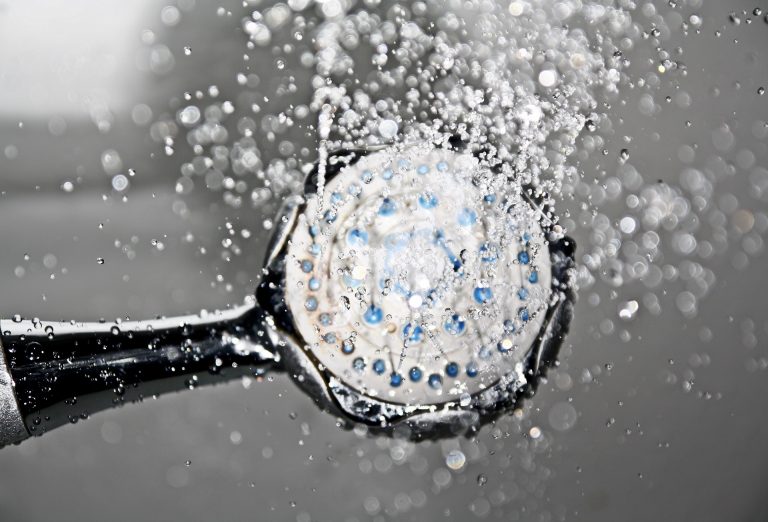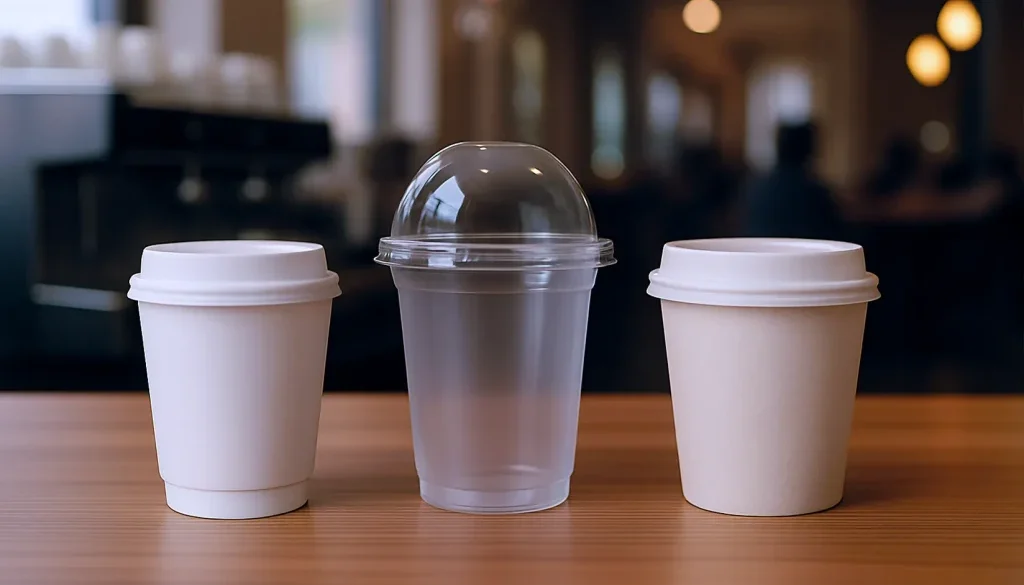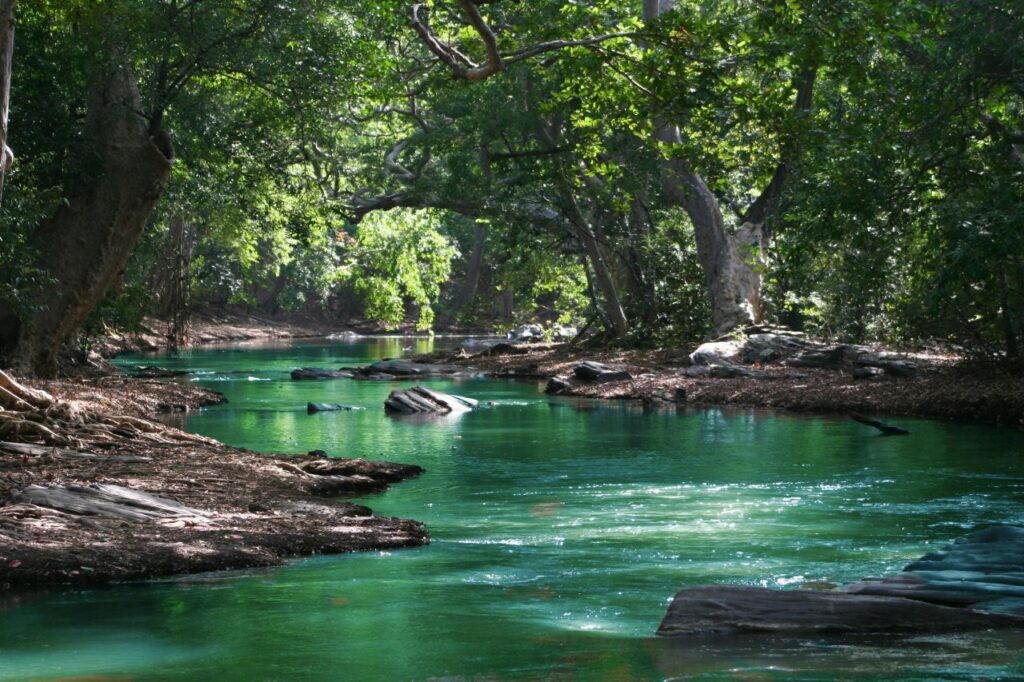By Melissa Maher, Environment Committee co-chair
With hotter months upon us, MoveUP’s Environment Committee has some water saving techniques you and your family can start implementing to eliminate the amount of water lost through evaporation, wind, or runoff due to overwatering.
In a household, up to 40 per cent of water waste happens in the bathroom. Avoiding the obvious solutions like checking for toilet leaks or running toilets, here are some tips to help conserve our water source during the summer.
Many people believe that baths waste a lot of water. However, a bath may often use less water than showering if you only fill the tub with as much water as needed, particularly using less for children and pets. As you are filling the tub, ensure you are checking the temperature of the water as you go to avoid having to use more water to adjust the temperature after the tub is filled.
Taking shorter showers with a modern-efficient shower head helps restrict the amount of water flowing. While heating your water up in the shower, place a bucket in the shower to collect that water. Rather than just having that water go down the drain, you can use the bucketed water for your garden or lawn.
Leaving a tap running wastes water. If it is hot water, it will waste energy as well. So when you are brushing your teeth, you should turn the tap off. As an alternative, wet your toothbrush before you begin and use a glass for rinsing. Another suggestion is to avoid rinsing your razor under a running tap. Instead, fill the basin with a limited amount of water and use that for rinsing your razor.
The average home’s outdoor water use is between 40 to 70 per cent, with gardens taking a huge amount of the water and waste. The ideal time to water your garden is at dawn rather than during the heat of the day when evaporation will waste much of the water. Watering at dusk after a hot day may be desirable, but moisture resting on foliage overnight encourages fungal diseases.
Frequent, light watering encourages shallow roots, so aim for longer, infrequent watering which allows the top layer of soil to start drying out before watering again.
With these simple tips, you and your family can start preserving our local water sources during the height of the season where there isn’t enough participation to replenish the water reservoir.



